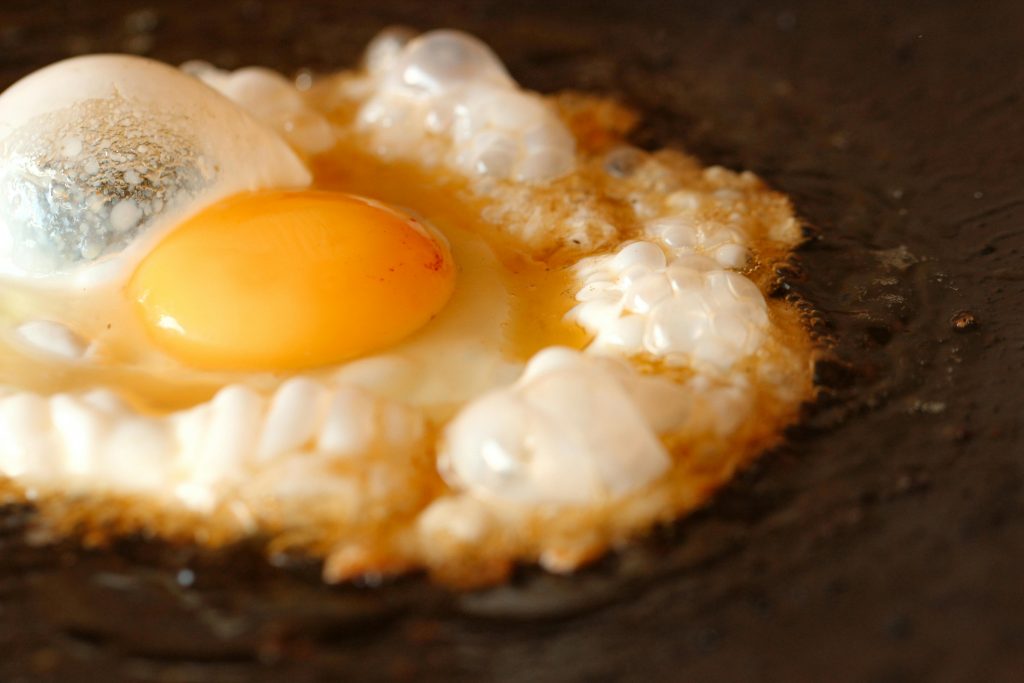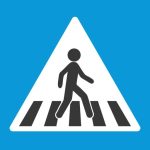This Is Your Brain On Drugs

While the brain has many mysteries researchers do not understand, after tens of thousands of studies into causes and treatments for addiction, there has emerged a consensus about what is happening in the brains of addicted persons and why.
That consensus is perhaps reflected best in Drugs, Brains, and Behavior: The Science of Addiction, published in July 2020 by the National Institute on Drug Abuse (NIDA). The chapter of the book called “Drugs and the Brain” focuses on three main areas of the brain that addiction is believed to impact the most:
- The Basal Ganglia. Involved in motivation, habit, and routine. NIDA refers to this as the reward circuit. Stimulation produces euphoria; overstimulation diminishes sensitivity until it is “hard to feel pleasure from anything besides the drug.”
- The Extended Amygdala. Associated with the anxiety, irritability, and unease that compels a withdrawing addict to seek out the drug.
- The Prefrontal Cortex. Involved with planning, decision-making, problem-solving, and impulse control. NIDA says it is the last part of the brain to mature, making teenage addicts particularly susceptible to lifelong damage from drug addiction.
Under the NIDA scenario, the basal ganglia is stimulated when neurotransmitters such as endorphins are released. Most of the literature I have seen credits dopamine for the euphoria, but NIDA says that “scientists now think dopamine has more to do with getting us to repeat pleasurable activities (reinforcement) than with producing pleasure directly.”
The dopamine works to reinforce the behavior that caused the euphoria, but it does not itself cause the euphoria. NIDA explains how dopamine impacts addiction, “powerfully reinforcing the connection between consumption of the drug, the resulting pleasure, and all the external cues linked to the experience.”
These cues can become triggers for “uncontrollable cravings,” even after long periods of abstinence. These cravings can make it difficult for persons suffering from an addiction to derive pleasure from normally satisfying activities such as working, sleeping, eating, socializing, reading, learning, and many other routine things.
The “Addiction Treatment” chapter of the publication begins with the enlightened statement: “Addiction treatment is not a cure, but a way of managing the condition.” Increasingly, healthcare professionals are treating addiction as something that has deep roots and requires lifelong attention, not something that is “one-and-done.” An intervention may start the treatment process but it’s not usually enough to finish it.
Medications are the first line of treatment, often used and very effective in detox, and helpful with nicotine addiction, alcohol use disorder, and opioid use disorder. However, “detoxification alone without subsequent treatment generally leads to resumption of drug use,” according to NIDA.
Beyond detox, therapies include behavioral therapy and counseling, including mobile phone apps that “are used to help the brain adapt gradually to the absence of the drug. These treatments act slowly to help prevent drug cravings and have a calming effect on body systems.”
As far as preventing relapse, NIDA stresses avoiding cues. The chapter ends with this: “Scientists have been developing therapies to interfere with these triggers to help patients stay in recovery.” One such therapy we have covered here at AddictionNews is Contingency Management: providing meaningful, consistent rewards for people engaging in the behavior that leads to recovery.
Written by Steve O’Keefe. First published April 25, 2024.
Sources:
Drugs, Brains, and Behavior: The Science of Addiction, published by National Institute on Drug Abuse, July 2020.
Image Copyright: Public Domain from Pexels.




